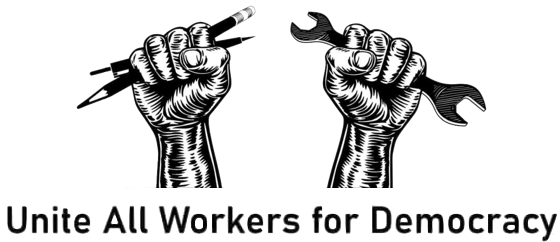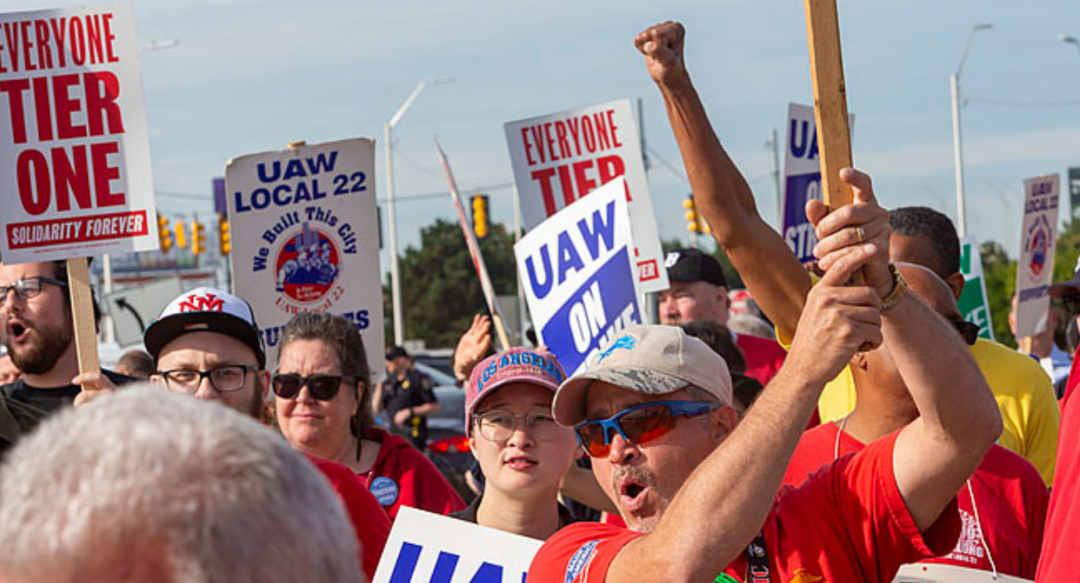“The UAW has been a one-party regime for many decades because the union convention, which elects all the top national officers, has been tightly controlled by an “Administration Caucus,” which routinely wins an overwhelming proportion of the delegate vote.
Actual decisions as to who will be nominated to lead the union are made by the 13-member international executive board—all of them members of the caucus. Sharp conflicts do take place on that body. In 1970 Leonard Woodcock defeated Douglas Fraser by just one vote, and in 1982 Owen Bieber secured the top slot after nearly a year of internal conflict.
But once the executive board chooses a slate, top union officials close ranks. “Teamwork in the leadership, solidarity in the ranks” was a slogan the UAW deployed to confront the auto corporations during union’s post-World War II heyday. But today that idea has come to stand for near autocratic control.
The Administration Caucus wields a variety of levers that create loyalty among the thousand-plus convention delegates: the promise of a staff job, support in a local election, or conversely, criticism and marginalization from above. The eight UAW regional directors, also chosen at convention, are the key disciplinarians. They keep close tabs on signs of discontent among the locals and can recommend appointment to or dismissal from staff jobs.
The UAW under this regime has been plagued not only with corruption but also, perhaps more profoundly, with a culture of collaboration with employers. Wages and benefits declined as the union accepted concessions and a multi-tier workforce, allowed locals to be pitted against one another, and largely failed to organize the growing nonunion share of U.S. auto production.”

